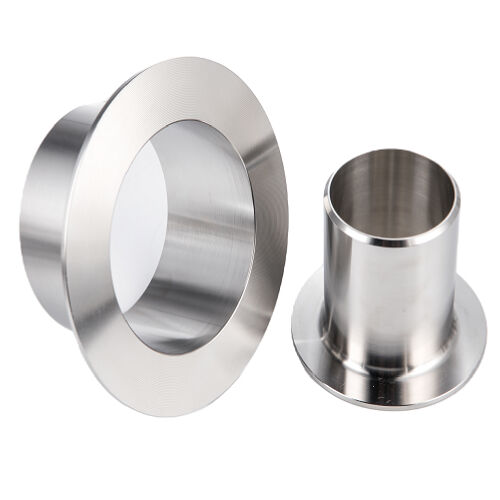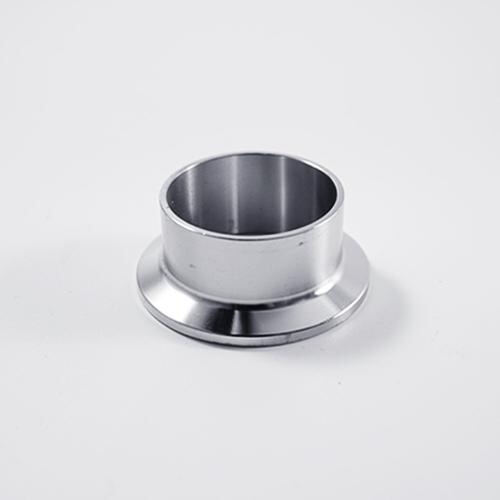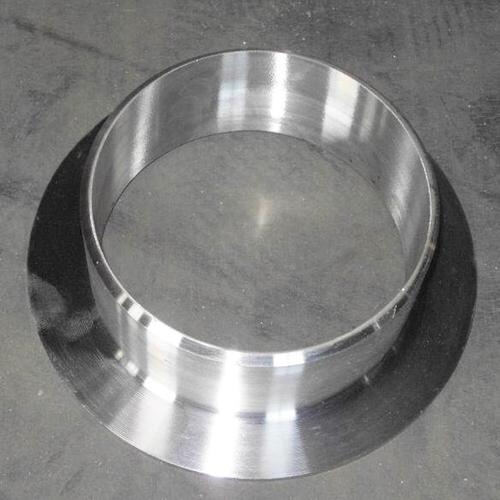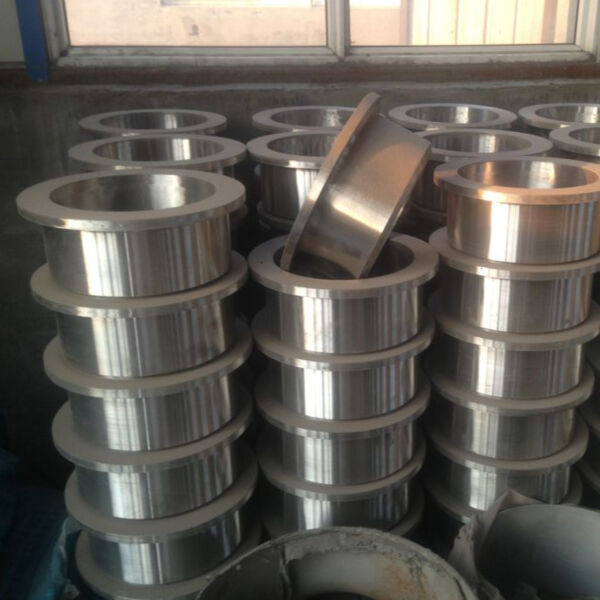A stub end, also called a lap joint stub end, is a short pipe segment with a beveled or plain end designed to form a joint with a lap joint flange. It is typically welded to the main pipe, while the flange ring slides over the stub end and bolts to a mating flange. Made from materials like stainless steel, carbon steel, or alloy steel, it ensures durability and corrosion resistance.
Description:
A stub end, also called a lap joint stub end, is a short pipe segment with a beveled or plain end designed to form a joint with a lap joint flange. It is typically welded to the main pipe, while the flange ring slides over the stub end and bolts to a mating flange. Made from materials like stainless steel, carbon steel, or alloy steel, it ensures durability and corrosion resistance. The stub end's design features a precise bore and outer diameter to match pipeline specifications, with surface finishes like RF (Raised Face) or FF (Flat Face) for sealing. Engineered to withstand high pressure and temperature, it allows the flange ring to rotate freely, simplifying bolt alignment during installation. Its compatibility with various standards (ANSI, DIN, JIS) makes it a versatile component in piping systems.
 |
 |
 |
 |
Specifications:
| Size | 2" |
| Wall thickness | SCH40 |
| Standard | MSS SP 43/ASME B16.9 |
| Surface treatment | CNC MACHINED |
| type | long or short |
| End | bevel end ANSI B16.25 |
| Material | 304,304l,316,316, 321,347h,310s, s31803, 2205, etc. |
| Single package size | 10X10X10 cm |
| Single gross weight | 1.000 kg |
Applications:
Stub ends are widely used in industries requiring frequent pipe disassembly, such as oil & gas, chemical, and petrochemical sectors. They enable easy maintenance of valves, pumps, or heat exchangers by allowing flange removal without disturbing the stub end weld. In offshore platforms and refineries, they accommodate thermal expansion and misalignment in piping systems. Additionally, they are ideal for non - metallic pipes, as the stub end provides a metallic welding surface while the flange ring offers structural support. Their use in hygienic applications like food and pharmaceutical industries ensures easy cleaning and compliance with sanitary standards.
Advantages:
Stub ends offer flexibility in pipe alignment, as the flange ring can rotate to match bolt holes, reducing installation time and labor costs. They allow cost - effective material selection: the stub end uses high - grade material for fluid compatibility, while the flange ring can be made from cheaper alloys. Their design minimizes stress on welds during thermal expansion, enhancing system durability. By enabling quick flange removal, they simplify maintenance and reduce downtime. Standardized dimensions ensure compatibility with lap joint flanges, making them a reliable and efficient choice for complex piping networks.
